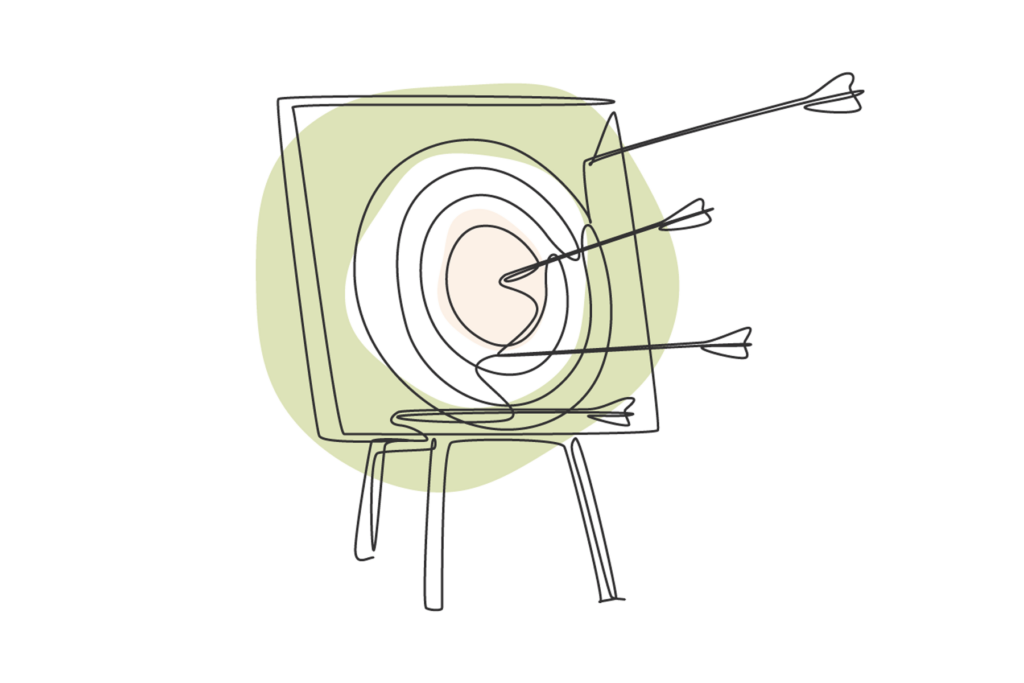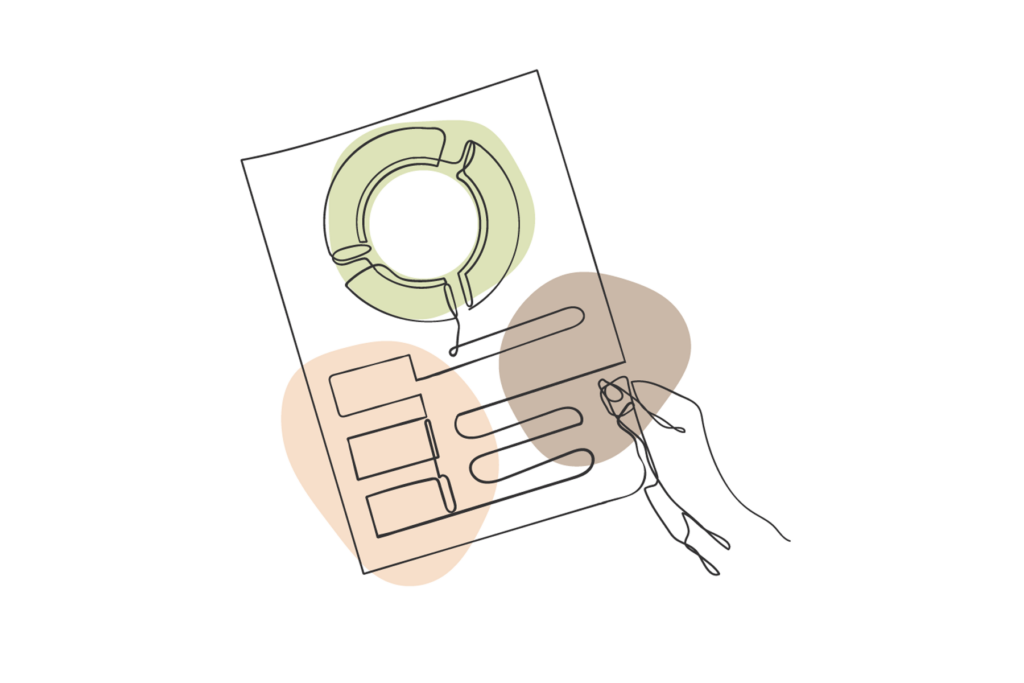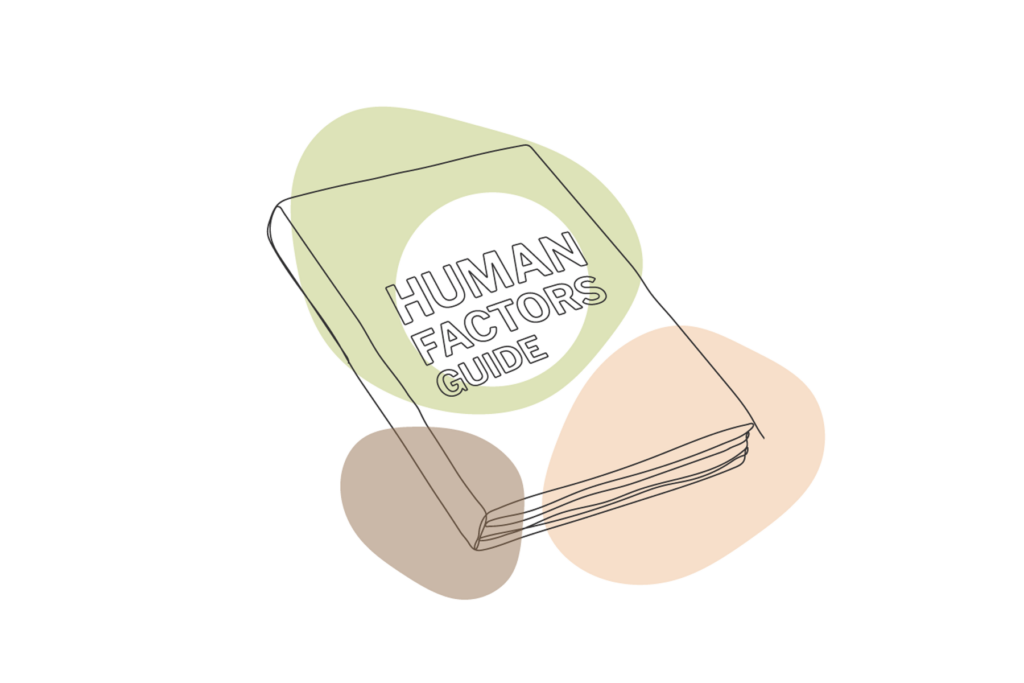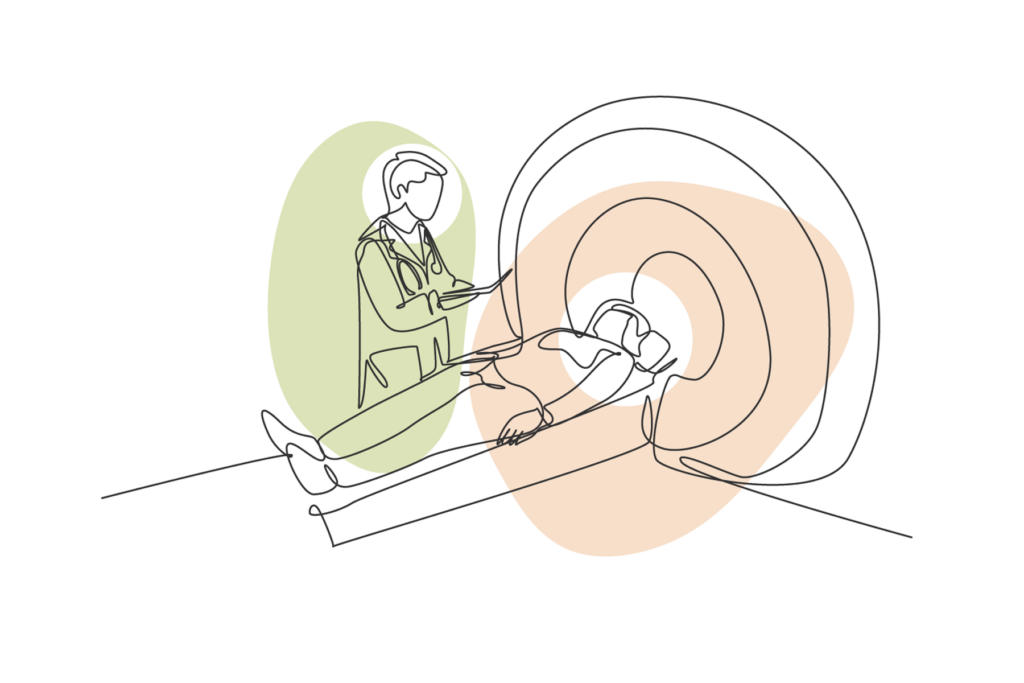Human Factors Research Moderation Techniques: Enhancing User Experience through Effective Research.
Human Factors research studies are essential in evaluating your product’s safety, effectiveness, and usability — however, this cannot be achieved without skilled moderation. The role of moderators is to ensure that usability and human factors validation studies are conducted so that the chosen methodology delivers valid data and actionable insights.
To be successful, moderators need to be impartial, pay attention to details, ask questions, and follow up with end users to understand better their interactions with the device being evaluated. Effective moderators should be able to anticipate and notice use-related problems and differentiate between use errors and use difficulties. They must also understand human behavior and how the product’s intended users operate.
This blog will discuss the techniques and practices necessary to enhance the user experience through effective human factors research moderation.
The Importance of Human Factors Research Moderation Techniques
The moderator’s role, along with the notetaker/observer, is to maintain impartial observations and gather valuable participant data during formative and validation studies. This section will cover human factors research moderation techniques and their value.
The Benefits of Using Human Factors Research Moderation Techniques
Human factors moderation techniques offer multiple benefits. Moderators lead the study and probe with questions to uncover the necessary data – that could be to root cause of a use error or use difficulty; it could be to understand better why the user interacted with a device in an unanticipated way. Great moderators pick up on cues from the participant’s behavior during usability testing and make participants feel free and safe to share their honest feedback on the device being studied.
To encourage collaboration, moderators should explain the user research process and answer questions participants may have to better understand the end user’s needs and preferences and make them visible to all stakeholders.
Examples of Human Factors Research Moderation Techniques:
LISTEN TO WHAT PARTICIPANTS SAY.
To uncover actionable insights for improving the user experience, researchers should listen actively and create a safe environment for participants in the research session to share their thoughts, concerns, and suggestions. A safe and comfortable environment that best positions participants to fully share their experiences can be achieved through adopting an open and empathetic approach and effective communication.
THANK THE PARTICIPANTS FOR THEIR FEEDBACK.
Showing appreciation promotes a positive and respectful relationship between moderators and their participants, leading to a greater willingness to share their struggles and pain points, improving the effectiveness and quality of the human factors study.
LET THE PARTICIPANTS KNOW THEY ARE NOT THE ONES BEING TESTED.
It may seem obvious, but letting the participant know that it’s the device and its ability to help them complete a task that is under assessment during the test session — not them — is essential for achieving good outcomes. When researchers communicate this to participants during qualitative research, they feel less pressured and unencumbered to give honest feedback. Fostering this natural interaction with the device helps moderators gather more accurate data on how well the device supports user tasks.
INFORM PARTICIPANTS THAT THEIR FEEDBACK IS CRITICAL TO THE PRODUCT DEVELOPMENT PROCESS.
Feedback is essential for improving the device’s design and making it usable for its intended users. Positioning participants as co-researchers by highlighting the importance of their feedback creates a feeling of empowerment, responsibility, and a desire to offer helpful opinions that can lead to design changes that make meaningful benefits for patients and end users.
DON’T VERBALIZE A PARTICIPANTS PERFORMANCE, GOOD OR BAD.
Participants are more likely to interact naturally with the device when explicit performance judgments are held back and not verbalized. Naturally observing user behavior without prompts or judgment lets researchers identify areas for improvement without affecting how participants respond or creating performance biases.
ASK QUESTIONS IN A NON-LEADING AND UNBIASED WAY.
Researchers can obtain unbiased feedback by refraining from using language that leads or influences participants, allowing them to express their thoughts, experiences, and opinions freely. Always ask balanced questions, for example: “So, how easy or difficult was that for you?” Thus, the data is more reliable and valid for analysis and decision-making.
KNOW HOW AND WHEN TO INTERVENE WITH QUESTIONS AND WHERE TO FOCUS.
Strategically timing your interventions and knowing how to intervene is critical for uncovering the root cause of bad user experiences and providing the design team with actionable insights for product development. Moderators must continuously balance the desire to rescue a participant when they are struggling with a specific task with the need to obtain the necessary insights to optimize the studied device.
THRIVE’s Top Human Factors Research Moderation Tips
While human factors moderation techniques are concrete tools you can leverage, these human factors research tips can be applied to each of the above usability moderation techniques to enhance their effectiveness.
Active listening: Moderators should be attentive listeners, using open-ended questions to encourage participants to share their thoughts and experiences – even if it seems that what they are saying isn’t relevant. This will encourage sharing and honest feedback and give them a safe environment to express their thoughts.
Non-verbal communication: To demonstrate active participation and interest in what participants are saying, moderators need to utilize non-verbal cues like nodding and maintaining eye contact (this even extends to how moderators dress and what message they want to convey with attire). For example, dress more professionally if you conduct a usability study with doctors. If you are testing with patients, you would typically want to wear more casual clothes to help convey equality. Another example is refraining from wearing perfume around patients because some disease states are more sensitive to scents, which may make them nauseous.
Neutral language: To remain unbiased and avoid influencing participants in a specific direction, moderators must use neutral language and speak in generalities.
Probing: Moderators can gather additional information from participants using probing techniques such as follow-up questions or prompts.
Empathy: Moderators must be empathetic towards participants by recognizing and understanding their concerns and experiences (ask questions about whether the device/concept will work with the user’s workflow and the challenges in adopting or using the product).
Blinded: Consider double-blinded studies to eliminate biases from products in the field.
Framing: Phrase the questions such that the participants are the experts asking for their perspective on certain features rather than framing questions that may elicit a particular response or imply that there is a correct response.
Other ways to improve your human factors research study moderation
In addition to human factors moderation techniques and tips, you can enhance your human factors research studies in several other ways, such as:
1) Considering what you are trying to accomplish from your study
In the case of formative studies, your goal is likely to learn about the use of the device and the use environment to inform the product design further. In the case of summative validation studies, your goal is to collect evidence that the design is safe and effective for use and that the risk mitigations are effective. Reflect your moderation style accordingly (e.g., interrupting participant tasks during a formative study to understand their interactions better so that it is on top of mind, rather than waiting until later in the study when the participant may have forgotten).
2) Preparing the protocol/moderator guide
Preparing the protocol /moderator guide involves weighing the pros and cons of a fully-structured study versus a more flexible open-ended one (your selection will vary depending on your goals), fitting the study to your style, and thinking about how to take notes (i.e., a study sheet that requires much writing or one that requires minimal writing).
3) Engaging with participants
The emotional context of a study matters as well. Remind participants that they are not being evaluated for their skills as a clinician or patients; instead, they are helping you evaluate the product as representative users. Make them feel comfortable by being sympathetic when it is appropriate to initiate a conversation. Lastly, speak to them professionally but at their education level.
4) Setting up a study environment that is conducive to your objectives and moderation
Be conscious of whether you should be standing far away from the participant, sitting down, or remaining near the participant as a means of collaboration. Prepare observers by informing them where to stand and sit, remind them not to speak to the participants unless it is appropriate, and decide whether or not the observers should be behind a mirror versus in view or over a teleconference line.
Other Factors to Consider for Human Factors Research Moderation and HF Study Design
It is crucial to select appropriate moderation techniques to extract unique insights and obtain valid and valuable data during Human Factors usability studies. When choosing Human Factors research moderation techniques, one must consider the following human factors moderation necessities used to manage human factors in safety management systems:
Checklists
Using checklists is an easy yet powerful method to be consistent across participants and moderators if there is more than one, as well as to enhance the efficacy of the study. They serve as a guide to guarantee that all required steps are executed, and nothing is missed.
Lack of awareness or understanding
When implementing human factors moderation techniques, you may be challenged with a lack of awareness or understanding from other stakeholders. Some individuals might not be familiar with human factors or its significance in their work. Educating people about human factors and how they can benefit them is crucial to deal with this challenge effectively. Providing examples of how human factors can enhance the user experience and minimize errors can be helpful in this case. Additionally, one may consider creating a human factors guide or handbook explaining the techniques and processes used.
In summary, although it may be difficult, you can successfully implement human factors moderation techniques, leading to a better user experience and fewer errors. Overcoming challenges such as resistance to change, cost, and lack of awareness or understanding is vital to success.
In Conclusion
Effective Human Factors research moderation is crucial to achieving successful results in human factors studies. The moderator has to guarantee that the usability study is conducted systematically to obtain valid and valuable data.
A good moderator brings an unbiased perspective and uncovers critical insights that people directly involved in the device design may have overlooked due to their proximity to the design team and its process. As a moderator, you should communicate clearly with the participants, guide them through the study, and avoid influencing their behavior or responses. It is crucial to handle unexpected situations and adjust the study plan to ensure the data collected is accurate and valuable.
In review, it’s vital to:
– Establish clear study goals and objectives
– Select appropriate participants
– Develop a clear study plan and script
– Provide clear instructions to participants
– Monitor participant behavior and responses
– Adapt the study plan as necessary
– Maintain a neutral and non-influential demeanor
To obtain valuable data and unique insights that can aid in decision-making regarding product development, employ the techniques we went over in this article during your next human factors usability study. Remember that proper moderation is the foundation of any study conducted ethically and effectively.
______________________________________________________________________________
ABOUT THRIVE
THRIVE’s Human Factors professionals have decades of experience applying Human Factors to products ranging from medical devices used by specialized healthcare professionals in clinical environments to combination products used by laypeople in the home.
If it’s your first time applying Human Factors and you need a comprehensive end-to-end Human Factors program, we’ll scope out the program and conduct the activities on your behalf, leaving you time and resources to focus elsewhere. If you’re a resource constrained HFE professional, we’ll step in, providing the teamwork, collaboration, and support to help you meet your goals. Or, if you just want a final sanity check to ensure you’ve met the latest and greatest expectations, we’ll do that too.
Contact us today at 404.228.7342 or email [email protected] to get the conversation started.
Atlanta | Chicago | Pittsburgh














